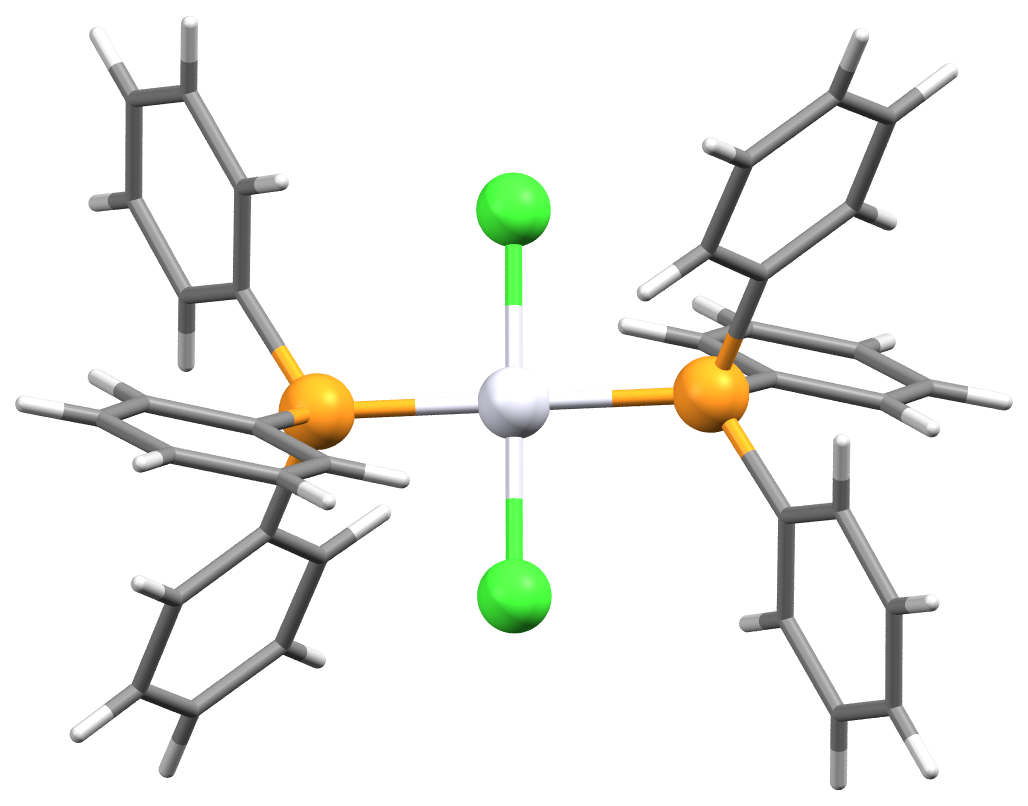Difference Between Cis and Trans
Cis-trans isomerism consists in the possibility of placing substituent groups on one or on different sides of a double bond plane or a non-aromatic cycle. Cis-trans isomers belong to diastereomers since they are not mirror reflections of each other. Cis and trans isomers are found both among organic and inorganic compounds.
Cis-trans nomenclature describes the relative position of the substitutes, and does not provide a stereochemical description, as the E, Z- nomenclature, applicable only for the alkenes.
The separate existence of cis and trans isomers is possible only because of the high energy barrier of rotation around the double bond.

What is Cis?
The prefix “cis” is derived from Latin. It means “on the same side”. In the cis isomer, the substituent groups are placed on one side of a double bond plane or a non-aromatic cycle.
Cis and trans isomers differ in their physical properties, due to the inequality in the overall dipole moment and the molecules’ shape.
The relative boiling point is being determined by the polarity. It causes increased intermolecular forces, which results in an increase of the boiling point. The cis isomers, which are more polar than the trans isomers, have a higher boiling point. The difference can be small, as it is for example in the alkenes with straight chain. Larger difference is observed in substances with polar bonds. Example for such substance is the 1,2-dichloroethene. The boiling point of its cis isomer is 60.3 °C, and of its trans isomer – with 12.8 °C lower. The reason for the difference is that in the cis isomer the two C-Cl polar bonds’ dipole moments couple and produce an overall molecular dipole. As a result occur intermolecular dipole–dipole forces, which raise the boiling point.
The symmetry allows for better packing of the solid substances. As a result of the different symmetry of the molecules, the cis and trans isomers differ in their melting points. The cis isomers, which are less symmetrical, have a lower melting point, compared to the trans isomers.
Another feature of the cis isomers is that they have higher densities than their trans counterparts.
Usually, in acyclic systems, the cis isomers are more unstable than trans isomers. The reason for this is the increase in the unfavorable steric interaction of the substituents in the cis isomers. In general, cis isomers have a higher solubility in inert solvents.

What is Trans?
The prefix “trans” is derived from Latin. It means “on opposing sides”. In the trans isomer, the substituent groups are placed on different sides of a double bond plane or a non-aromatic cycle.
The boiling point of the trans isomers is lower than in the cis isomers. The difference is more significant in substances with polar bonds. In the trans isomer of 1,2-dichloroethene, the two C−Cl bond moments cancel each other and the molecule has a net zero dipole. As a result, there are no intermolecular dipole–dipole forces, which decrease the boiling point.
The symmetry of the molecules is the key in the determination of the melting point, due to the better packing of the solid substances. Examples of this are the oleic acid (cis isomer) and elaidic acid (trans isomer). The cis isomer’s melting point is 13.4 °C, the trans isomer melts at 43 °C. The reason for this is that the trans isomer is straighter, packs better, and hence – having a much higher melting point.
The trans isomers have lower densities than their cis counterparts. In acyclic systems, trans isomers are more stable than cis isomers. In general, cis isomers have higher solubility in inert solvents.
Difference Between Cis and Trans
-
Definition of Cis and Trans
Cis: The prefix “cis” is derived from Latin. It means “on the same side”. In the cis isomer, the substituent groups are placed on one side of a double bond plane or a non-aromatic cycle.
Trans: The prefix “trans” is derived from Latin. It means “on opposing sides”. In the trans isomer, the substituent groups are placed on different sides of a double bond plane or a non-aromatic cycle.
-
Polarity and boiling point of Cis and Trans
Cis: The polarity causes increased intermolecular forces, which result in an increase of the boiling point. The cis isomers, which are more polar than the trans isomers, have a higher boiling point.
Trans: The trans isomers are less polar and have a lower boiling point than the cis isomers. The difference is more significant in substances with polar bonds.
-
Symmetry and melting point of Cis and Trans
Cis: The cis isomers are less symmetrical and have a lower melting point, compared to the trans isomers.
Trans: The trans isomers have higher symmetry and a higher melting point, compared to the cis isomers.
-
Stability and solubility of Cis and Trans
Cis: In acyclic systems, the cis isomers are more unstable than trans isomers. They have higher solubility in inert solvents.
Trans: In acyclic systems, the trans isomers are more stable than cis isomers. They have lower solubility in inert solvents.
Summary Cis Vs. Trans:
- Cis-trans isomerism consists in the possibility of placing substituent groups on one or on different sides of a double bond plane or a non-aromatic cycle.
- The separate existence of cis and trans isomers is possible only because of the high energy barrier of rotation around the double bond. They are found both among organic and inorganic compounds.
- The prefixes “cis” and trans are derived from Latin. Cis means “on the same side”, trans means “on opposing sides”.
- In the cis isomer, the substituent groups are placed on one side, while in the trans isomer, the substituent groups are placed on different sides of a double bond plane or a non-aromatic cycle.
- The polarity causes increased intermolecular forces, which results in an increase of the boiling point. The cis isomers are more polar than the trans isomers and have a higher boiling point. The difference is more significant in substances with polar bonds.
- The cis isomers are less symmetrical and have a lower melting point, compared to the trans isomers.
- In acyclic systems, the cis isomers are more unstable than trans isomers. They have higher solubility in inert solvents.
- Difference Between Gallstones and Cholecystitis - September 5, 2021
- Difference Between Constipation and Cramping - August 4, 2021
- Difference Between Whole Genome Sequencing and Microarray - May 6, 2021
Search DifferenceBetween.net :
1 Comment
Leave a Response
References :
[0]Hoffman, R.. Organic Chemistry (2nd Edition). Hoboken: John Wiley & Sons, Inc. 2004. Print.
[1]Kirkova, E. General Chemistry. Sofia: Kliment Ohridski. 2002. Print.
[2]Petrov, G. Organic Chemistry. Sofia: Kliment Ohridski. 2006. Print.
[3]Image credit: https://commons.wikimedia.org/wiki/File:Trans-Pt(PPh3)2Cl2.png#/media/File:Trans-Pt(PPh3)2Cl2.png
[4]Image credit: https://upload.wikimedia.org/wikipedia/commons/thumb/8/84/Cis-2-butene.svg/500px-Cis-2-butene.svg.png


This is best discription of difference between cis and trans . Anyone can easily get detailed information about cis – trans in a precise manner and rapidly.